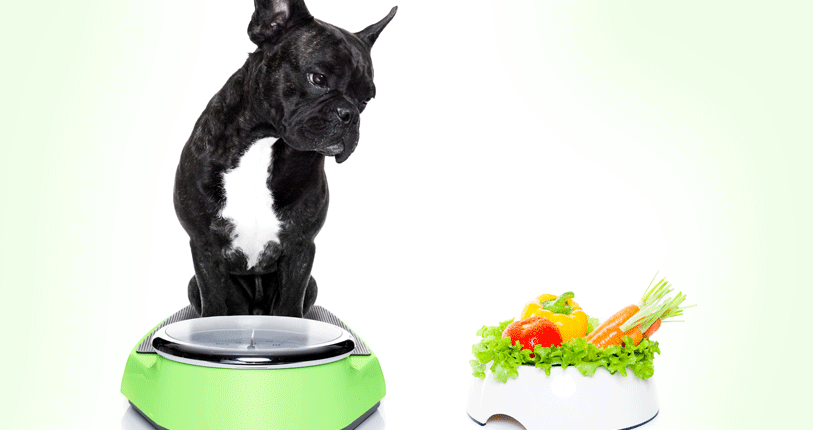Weight loss is tough, whether we have two legs or four! Obesity among pets is a hurdle to their own wellness. It is the responsibility of the human family to help the pet lose weight and get in shape. It can not only add not years to your dog’s life, but can also make their senior years more enjoyable. Even five pounds above the ideal body weight can put your dog at risk for developing some serious medical conditions. Helping the pet shed those extra pounds may be easier than you think. It simply needs a commitment to their weight loss and fitness and the advice of your veterinary specialist. Here’s how you could go about it:
- Check with the vet if your dog has an underlying condition that causes or contributes to the weight gain.
- The vet will recommend the ideal weight for the pet. A safe weight loss for most dogs is 3-5% body weight loss per month.
- Your vet will be able to advise the best weight loss diet for your dog’s particular situation. Some diets increase their metabolism, some are high on fibre, helping them feel full, and some are high-protein and low-carb. Follow the vet’s advice.
- You could feed the dog a specific diet food in several meals per day. If you are using a weight loss diet obtained from your vet, the calorie content will be on the label.
- To minimise digestive issues, initially, mix the old and new diets together. You can gradually change the proportions.
- Increase the intensity and length of your daily dog-walk. Walk briskly, without allowing them to sniff or explore. Dogs don’t need warm-ups. They adapt quickly. Walk 10 minutes briskly followed by 20 minutes of regular speed. Gradually increase the time of brisk walk.
- Weigh the dog once a month on the same scale. Once your pet reaches the right weight, re-weigh every three months to make sure that the weight loss is maintained.

